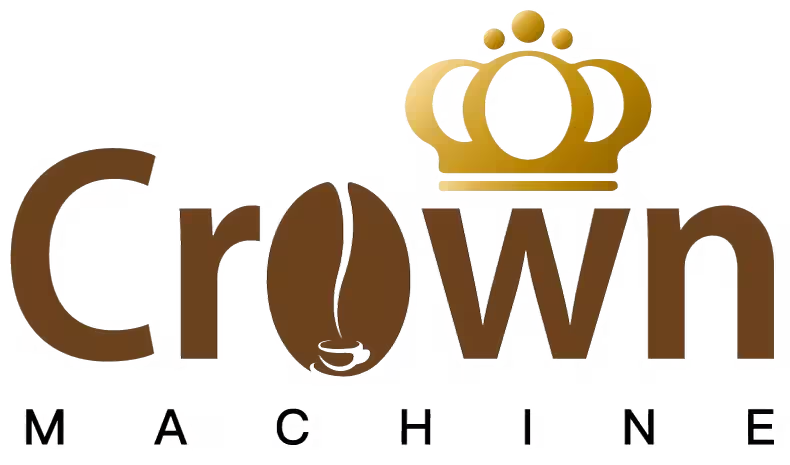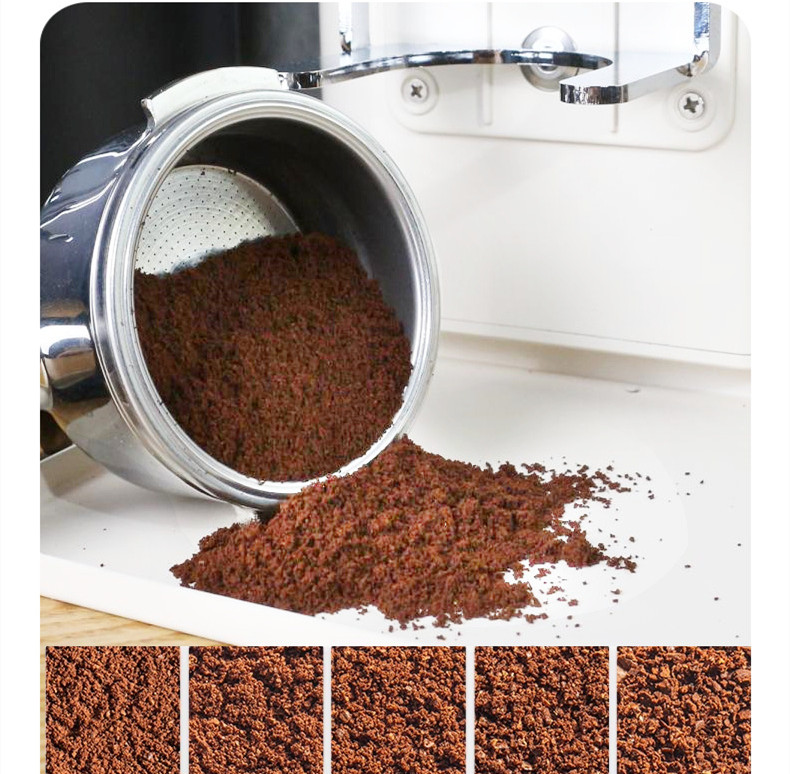Troubleshooting and Fixing Slow Grinding Speed in Coffee Grinders
A coffee grinder that operates at a sluggish pace disrupts your brewing routine and may indicate underlying mechanical or maintenance issues. While occasional slowdowns are normal, persistent delays often stem from preventable causes. Here’s how to diagnose and resolve speed-related problems effectively.
1. Addressing Clogged or Obstructed Grinding Components
Residual coffee oils, fine particles, and debris are primary culprits behind reduced grinding efficiency.
- Clean the Burrs Thoroughly: Over time, oils from coffee beans harden on burr surfaces, creating friction that slows rotation. Use a stiff brush (like a toothbrush) to scrub both the upper and lower burrs, focusing on grooves and edges. For stubborn residue, gently wipe with a dry cloth dampened with isopropyl alcohol (if the manufacturer permits).
- Inspect the Grinding Chamber: Fine grounds can accumulate in hard-to-reach areas, such as the chute or motor housing. Use compressed air or a small vacuum to remove trapped particles, ensuring unobstructed movement of components.
- Check for Foreign Objects: Occasionally, small stones or non-coffee debris may enter the hopper. Carefully examine the beans before grinding and clear any obstructions from the burr area to prevent jams.
2. Restoring Optimal Motor Function
A struggling motor often manifests as slow grinding, especially in electric models.
- Verify Power Supply Stability: Fluctuating voltage or a weak electrical connection can reduce motor efficiency. Plug the grinder into a different outlet or test the current circuit for consistency. Avoid using extension cords, which may cause power drops.
- Lubricate Motor Bearings (If Accessible): Some motors require periodic lubrication to minimize friction. Apply a small amount of food-grade mineral oil to the bearings, following the manufacturer’s guidelines to prevent over-lubrication.
- Listen for Unusual Noises: Grinding, clicking, or humming sounds may indicate worn gears or a failing motor. If the motor struggles to turn even when unburdened, it may need professional servicing or replacement of internal parts.
3. Adjusting Grinding Settings and Bean Preparation
Improper settings or bean conditions can strain the grinder, leading to slower performance.
- Recalibrate the Grind Size: Fine settings require more power and time, especially with oily or dense beans. Experiment with coarser settings to see if speed improves. If your grinder has a calibration tool, use it to ensure precise adjustments.
- Pre-Break Large Beans: Extremely hard or oversized beans may resist grinding. Lightly crush them with a rolling pin or mortar and pestle before adding them to the hopper to reduce initial strain on the burrs.
- Avoid Overloading the Hopper: Filling the hopper beyond its recommended capacity forces the motor to work harder. Grind in smaller batches to maintain consistent speed and prevent overheating.
Additional Tips for Maintaining Grinding Efficiency
- Dry Beans Thoroughly: Moist beans clump together and stick to burrs, slowing the process. Store beans in an airtight container with a desiccant pack to absorb excess humidity.
- Schedule Regular Maintenance: Clean the grinder after every few uses to prevent oil buildup. Refer to the manual for model-specific care instructions, such as disassembly steps or safe cleaning agents.
- Monitor for Wear and Tear: Over time, burrs dull or chip, reducing their ability to cut beans efficiently. Inspect them periodically for damage and replace them if edges appear rounded or uneven.
By systematically addressing clogs, motor health, and operational settings, you can restore your coffee grinder’s speed and reliability. Proactive maintenance ensures consistent performance and extends the lifespan of your equipment.


